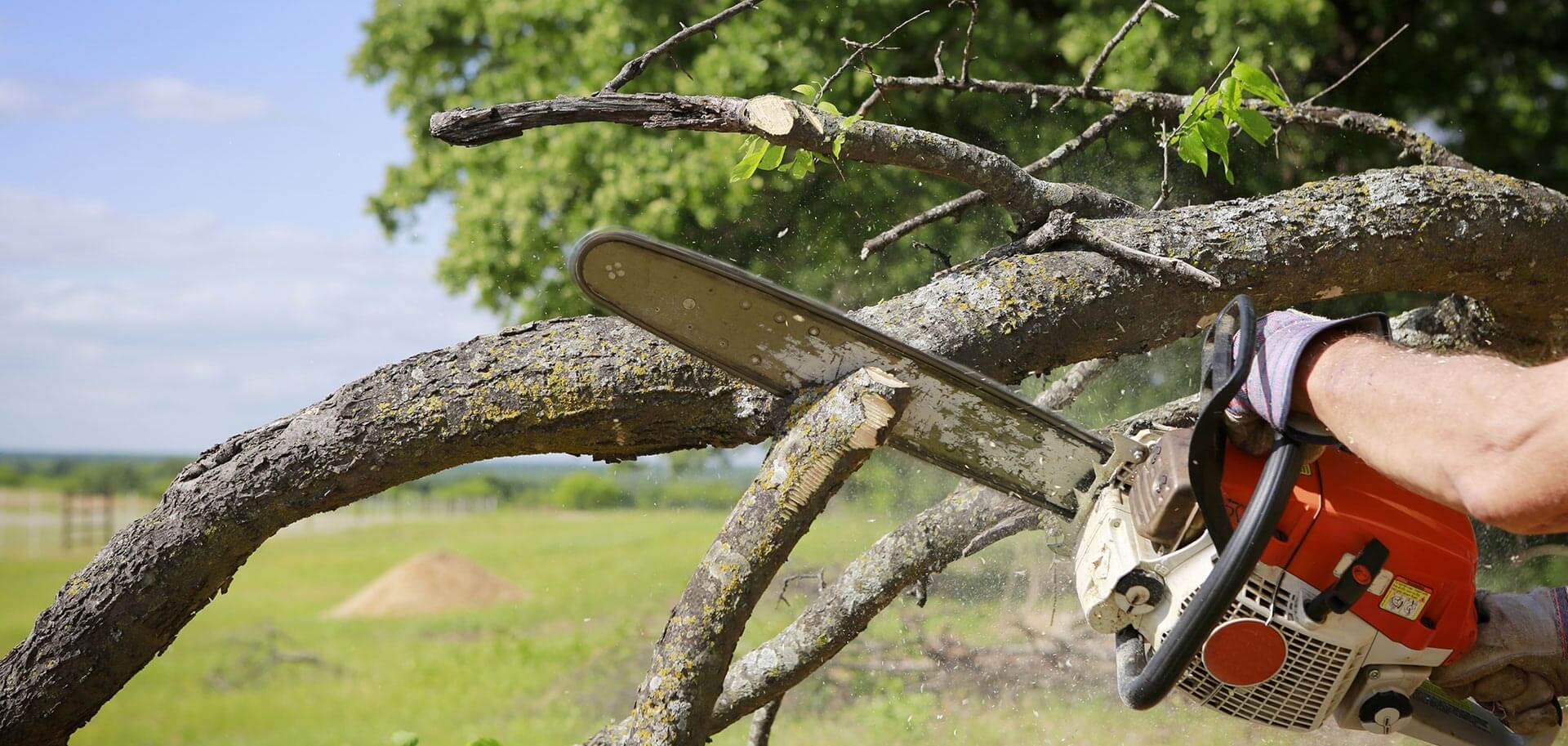Tree cutting is a necessary practice that plays a key role in maintaining the balance between our natural environment and human needs. However, spez-ag.ch surrounding logging often neglect the importance of eco-friendly practices. As we face mounting pressures from urban development and the need for timber, it becomes essential to adopt a more considerate approach to tree felling that emphasizes environmental renewal and tree care.
A sustainable approach to tree felling goes beyond merely chopping trees; it includes a holistic understanding of forest ecosystems. This involves evaluating the health of the tree, its ecological value, and the surrounding environment before making any decisions. By prioritizing ethical felling methods and implementing tree care practices, we can ensure that we protect biodiversity while still fulfilling our economic and developmental goals. Embracing sustainability in this crucial practice not only benefits the environment but also enhances the quality of life for subsequent generations.
Comprehending Eco-friendly Practices
Responsible tree felling practices start with thoughtful planning and management. It entails analyzing the forest ecosystem to determine the best approach for tree cutting while reducing environmental impact. This comprises considering aspects such as tree types, maturity, health, and the overall health of the adjacent ecosystem. Understanding the importance of biodiversity, sustainable practices strive to maintain habitat standards for animals while guaranteeing that the forest can regenerate.
Another key factor of sustainable tree felling is the use of selective felling techniques. Instead of clear-cutting large areas, selective cutting facilitates the removal of specific trees while protecting the surrounding flora and fauna. This technique promotes self-sustaining regeneration and helps sustain the forest's structure. Additionally, timely timing of tree felling can play a critical role in sustainability; cutting trees during specific seasons can reduce stress on the ecosystem and aid regrowth.

Finally, community engagement and awareness are vital in advancing sustainable tree felling practices. Engaging local communities in the decision-making process helps confirm that the concerns and needs of those who depend on the forest are addressed. Educating these communities about the advantages of sustainable practices fosters a collective responsibility for forest management, stressing that the health of the ecosystem is connected to their well-being and future sustainability initiatives.
Techniques for Sustainable Tree Felling
Sustainable tree felling begins with careful planning and assessment of the surrounding environment. It is essential to evaluate the health of the trees, species, and location, particularly regarding proximity to infrastructures, aquatic resources, and other notable landscapes. Consulting with an arborist or forestry expert can provide guidance into the best courses of action, ensuring that the felling process is required and conforms with sustainable practices.
Using appropriate tools and techniques is important in minimizing harm during tree felling. Employing a chainsaw supplied with a efficient blade allows for cleaner cuts, reducing stress on the tree and surrounding flora. It is important to follow methods such as the notch cut and back-cut technique. This approach helps control the direction of the fall, thereby preventing inadvertent damage to close trees or structures. Additionally, personal protective equipment must always be worn to ensure safety during the operation.
Post-felling care is equally important for promoting ecological balance. After a tree is removed, it is crucial to address the site effectively. This may involve planting new trees to replace those that were felled, promoting biodiversity, and enhancing the local ecosystem. Furthermore, creating buffer zones around sensitive areas and avoiding soil disturbance can help maintain environmental integrity. Sustainable tree felling considers both immediate and future impacts, fostering a healthier environment for future generations.
Effects on Ecological Systems and Communities
Tree felling, when not implemented sustainably, can lead to substantial disturbances in local ecosystems. Trees play a critical role in providing habitat for various species, aiding nutrient cycles, and sustaining soil health. Cutting down trees without care can lead to habitat loss, higher erosion, and changes in local climate conditions. These factors can ultimately lead to decreased biodiversity, as many creatures and flora rely on woodlands for existence. Sustainable practices aim to reduce these impacts by promoting targeted deforestation and replanting, which helps maintain the environmental balance.
Communities that rely on forests for their livelihood are greatly affected by tree felling. Many people depend on forest resources for food, medicine, and materials. Irresponsible logging practices can deplete these resources, leading to monetary issues for local populations. When trees are cut down responsibly and in a sustainable manner, communities can engage in practices such as agroforestry, which facilitates them to benefit economically while also ensuring the forest's health and longevity. This balance can promote a mutually beneficial relationship between local populations and their natural environments.
Moreover, responsible tree felling practices can promote community engagement and stewardship. When local populations are educated about the significance of forests and their ecological roles, they are more likely to take part in preservation efforts. Initiatives that incorporate community perspectives can lead to better forest management and rehabilitation outcomes. Engaging communities not only aids in the sustainable use of resources but also builds a feeling of ownership and responsibility towards their environment, fostering a culture of sustainability that can be handed down through generations.
